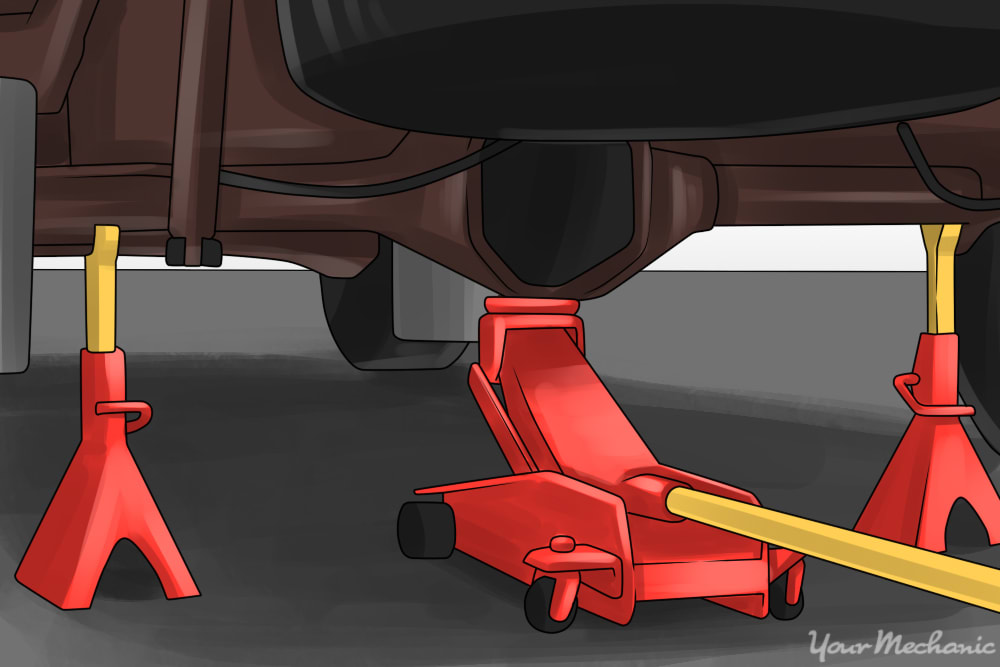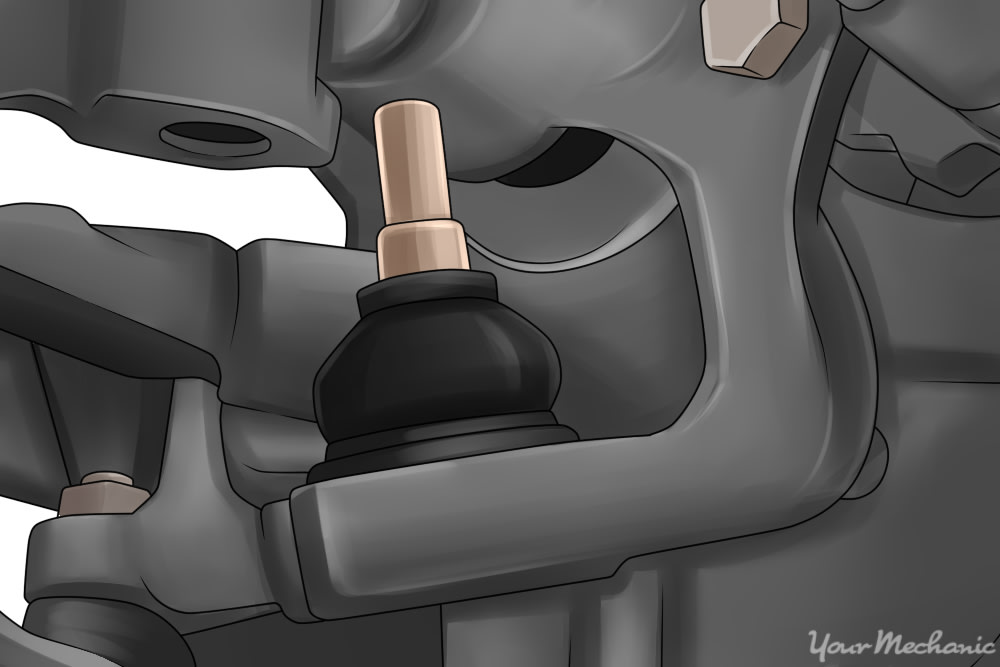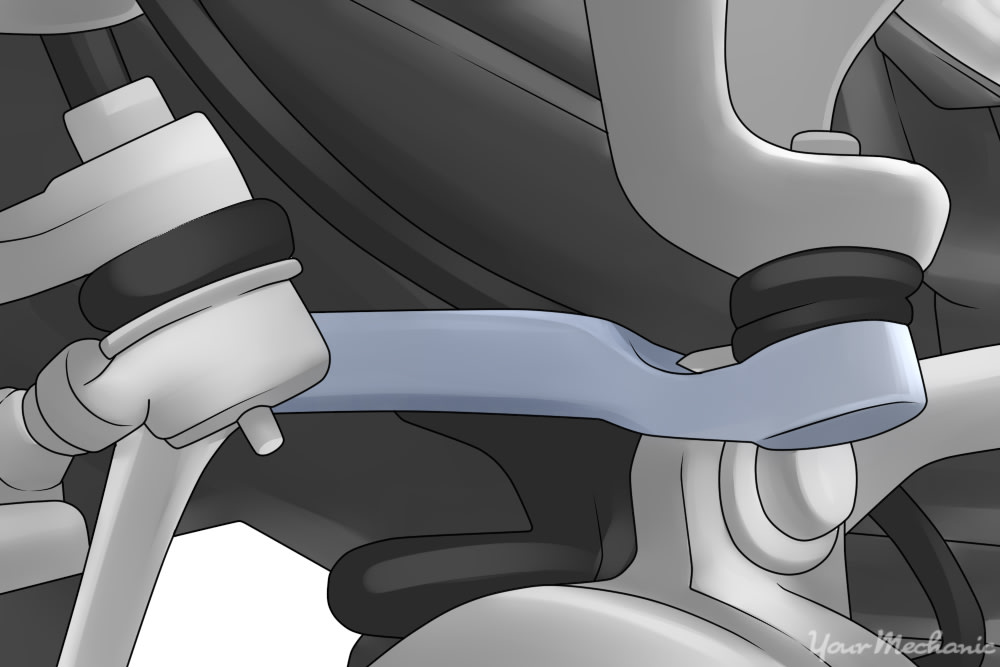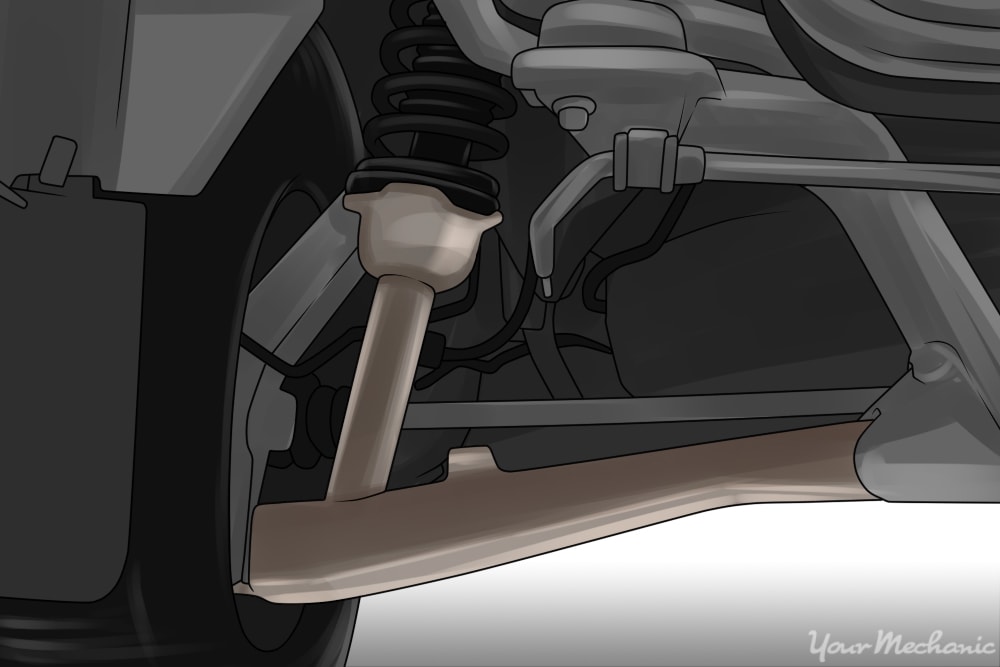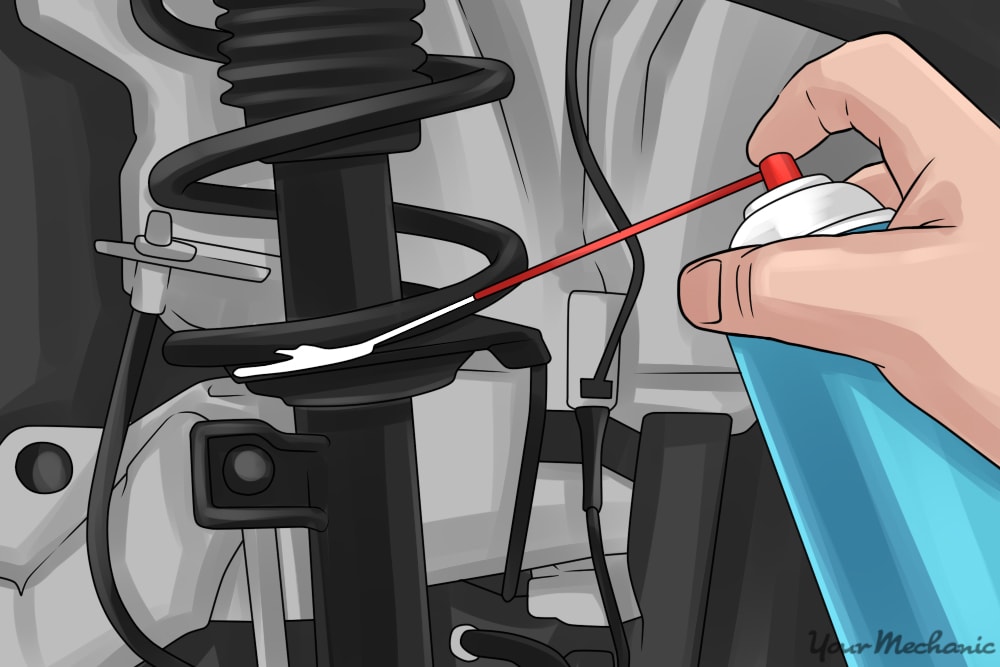

Steering and suspension components are vital to your driving experience. They are responsible for your ride comfort, directional stability, and also influence tire wear. Worn, loose, or misadjusted steering and suspension components can also shorten the life of your tires. Worn tires will affect fuel mileage as well as your vehicle’s grip on the road in all sorts of conditions.
Tie rod ends, ball joints, and center links are just a few of the typical steering and suspension components that require regular inspections and maintenance. Tie rods connect the left and right wheels to the steering mechanism while ball joints allow your wheels to turn freely and remain as close to vertical as possible in their movement up and down over the road surface.
While many vehicles on the road today have “sealed” components that require no lubrication but still require periodic inspections for damage or wear, many vehicles do have “serviceable” components, which means that they require regular servicing in the form of lubrication. Lubing your steering and suspension components is fairly easy. This article will show you how to lube the steering and suspension components correctly.
Part 1 of 3: Lift your vehicle
Materials Needed
- Creeper
- Floor jack
- Grease cartridge
- Grease Gun
- Jack stands
- Rags
- Vehicle owner's manual
Note: Be sure to use a floor jack with the appropriate weight capacity to lift your vehicle. Be sure the jack stands are of the appropriate capacity as well. If you are unsure of your vehicle’s weight, check the VIN label which is usually located on the inside of the driver’s door or on the door jamb itself for your vehicle’s Gross Vehicle Weight Rating (GVWR).
Tip: If you don’t have a creeper, use a piece of wood or cardboard so that you don’t need to lie on the ground.
Step 1: Locate your vehicle’s jacking points. With most vehicles being low to the ground and having large trays or belly pans under the front of the car, it is best to do one side at a time.
Jack the vehicle up at the recommended jacking points instead of trying to raise it by sliding the jack under the front of the car.
- Note: Some vehicles have a clear marker or cut out under the sides of the car located near each wheel to indicate the proper jacking point. If your vehicle does not have these indications, consult your owner's manual for the proper jack point locations.
Step 2: Secure the wheel. Position the wheel chocks or blocks, in front of and behind at least one or both rear wheels.
Raise the car slowly until the tire just loses contact with the ground.
Once you get to that point, find the lowest point underneath the car at which to place a jack stand.
- Note: Be sure to place each jack stand in a strong spot such as under a cross-member or chassis to support the car. Once positioned, slowly lower the car onto the jack stand using the floor jack. Do not fully lower the jack and keep it in the extended position.
Part 2 of 3: Lubricate the steering and suspension components
Step 1: Access the components below your car. Using your creeper or cardboard, slide yourself under the car while keeping your rag and grease gun handy.
The serviceable components such as tie rods, ball joints, will have a grease fitting on them. Look around the steering and suspension assemblies to make sure you spot all of them.
Typically, on each side, you will have: 1 upper and 1 lower ball joint as well as an outer tie rod end. Towards the middle of the car from the driver's side, you may also find a pitman arm connected to the steering box and center link (if so equipped) which connects the left and right tie rods together. You may also find an idler arm on the passenger side, which supports the center link on that side. You should be able to easily reach the driver's side center link grease fitting while servicing the driver’s side.
- Note: Due to the offset design of some wheels, you may not be able to get the grease gun onto the upper and/or lower ball joint grease fittings easily without first removing the wheel and tire assembly. If that’s the case, follow instructions in your owner's manual for proper wheel removal and reinstallation.
Step 2: Fill the components with grease. Each of these components may have a rubber boot around them. Once you connect the grease gun to them and pull the trigger to fill them with grease, keep an eye on those boots. Ensure that you do not fill them with grease to the point that they may burst loose.
Some components however, are designed to allow some grease to escape when full. If you see that occur, that’s the indication that the component is full.
Generally it just takes a couple of good squeezes of the grease gun trigger to put as much grease in each component as needed. Repeat that process with each component.
Step 3: Remove excess grease. Once you have lubed each component, wipe off any excess grease that may have come out.
Now you can raise the car back onto the jack, remove the jack stand, and and lower it back onto the ground.
Follow the same process and precautions for lifting and lubricating the other side.
Part 3 of 3: Lubricate the rear suspension components (If applicable)
Not all cars have rear suspension components that require routine lubrication. Typically, a car with independent rear suspension may have these components, but not all. Check with your local auto parts professionals or use online sources to see if your car has serviceable rear components before you jack up the rear of your car needlessly. If your car has these rear components, follow the same directions and precautions as for the front suspension when lifting and supporting the vehicle before you lubricate any rear suspension components.
If you are not comfortable with performing this process on your own, get a certified professional, such as one from YourMechanic, to lubricate the steering and suspension.



